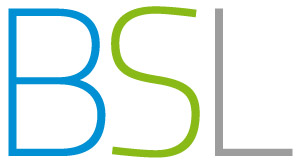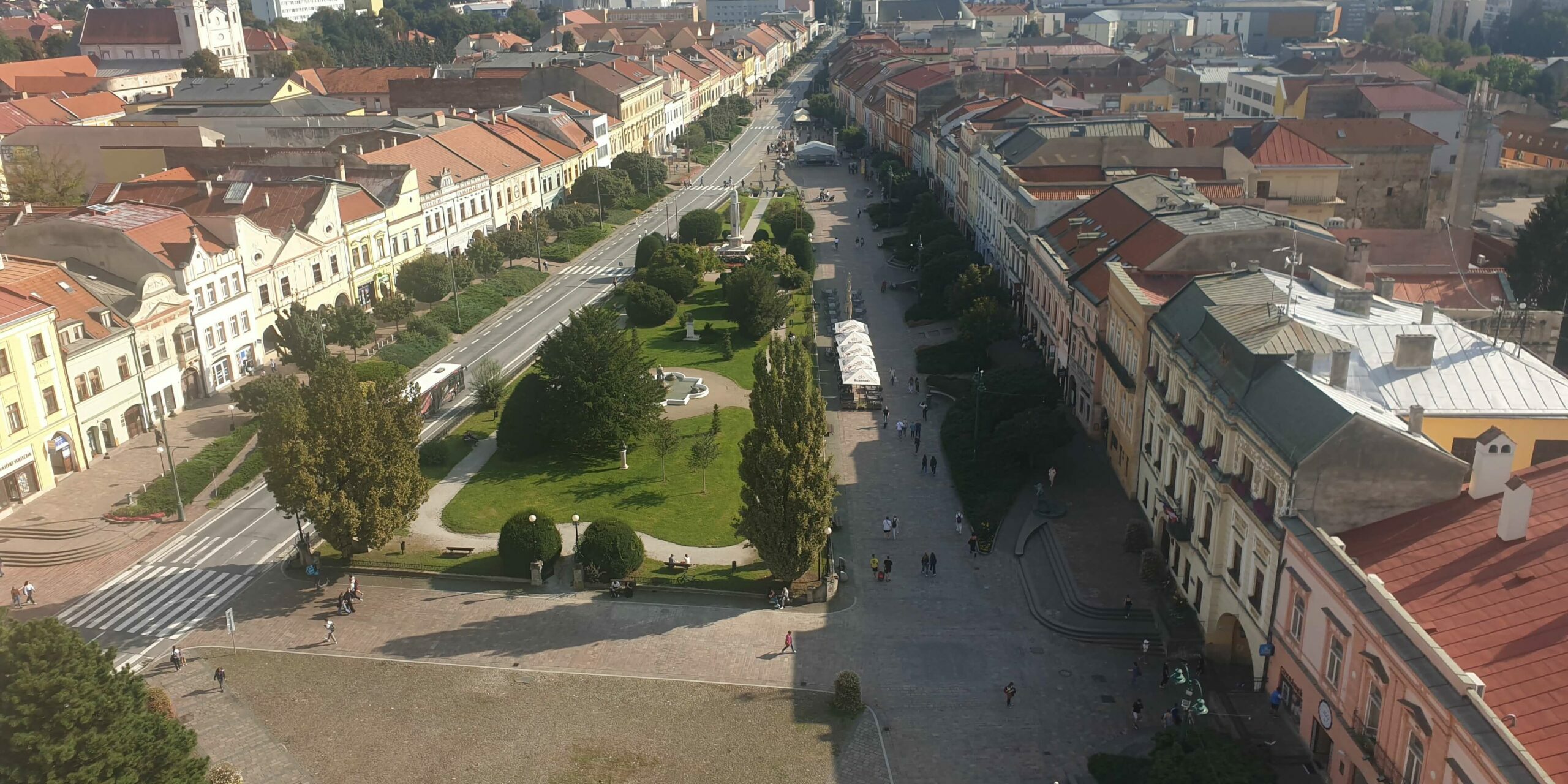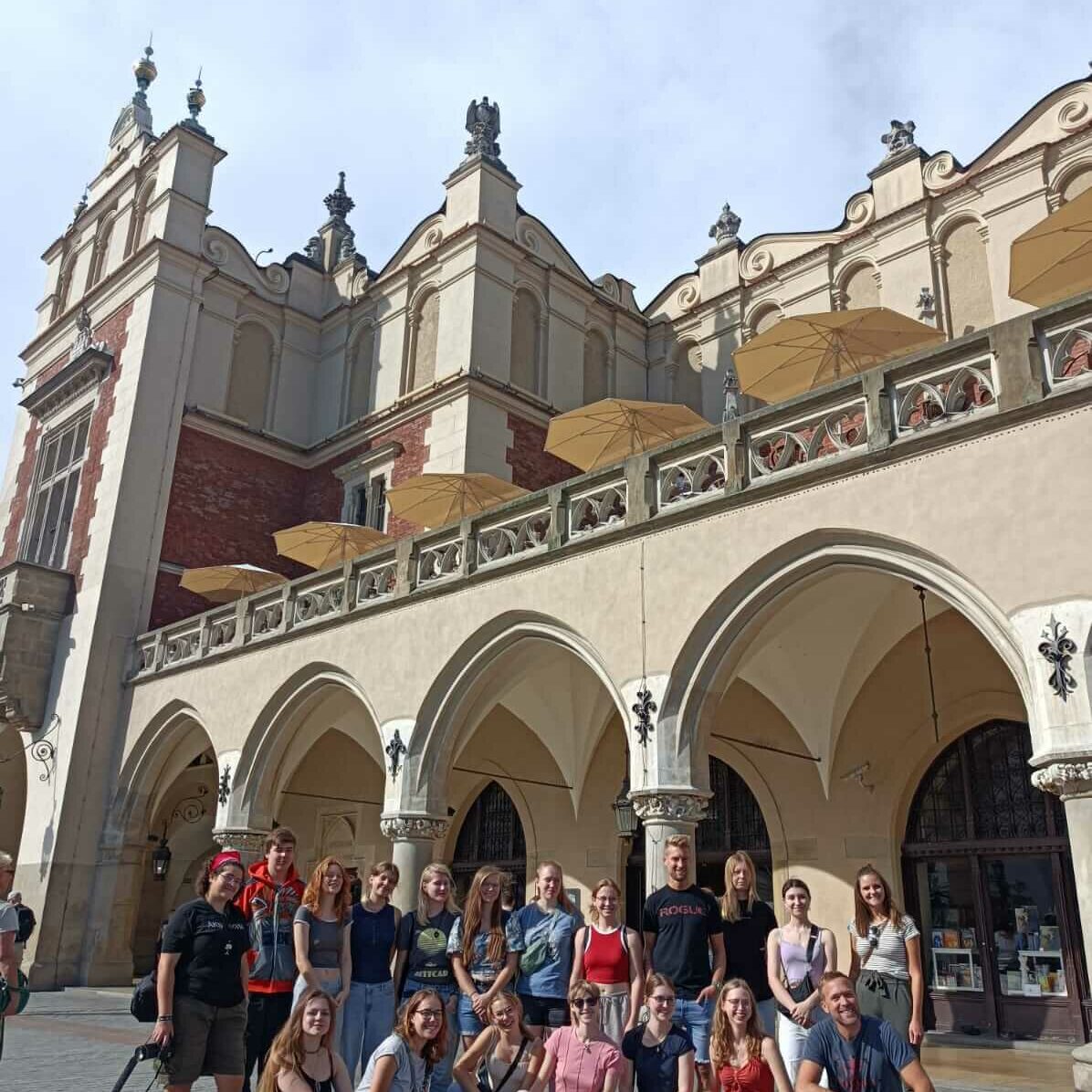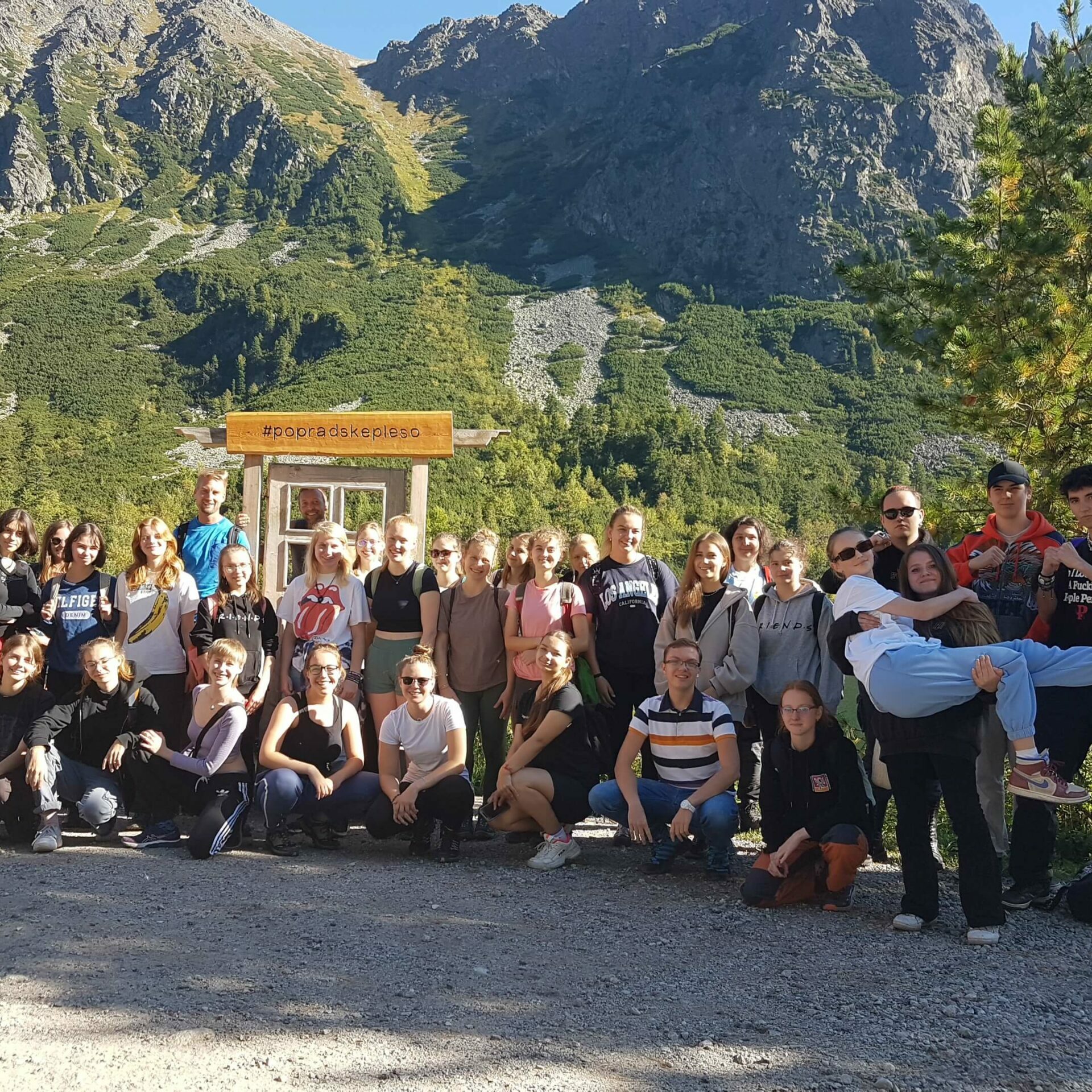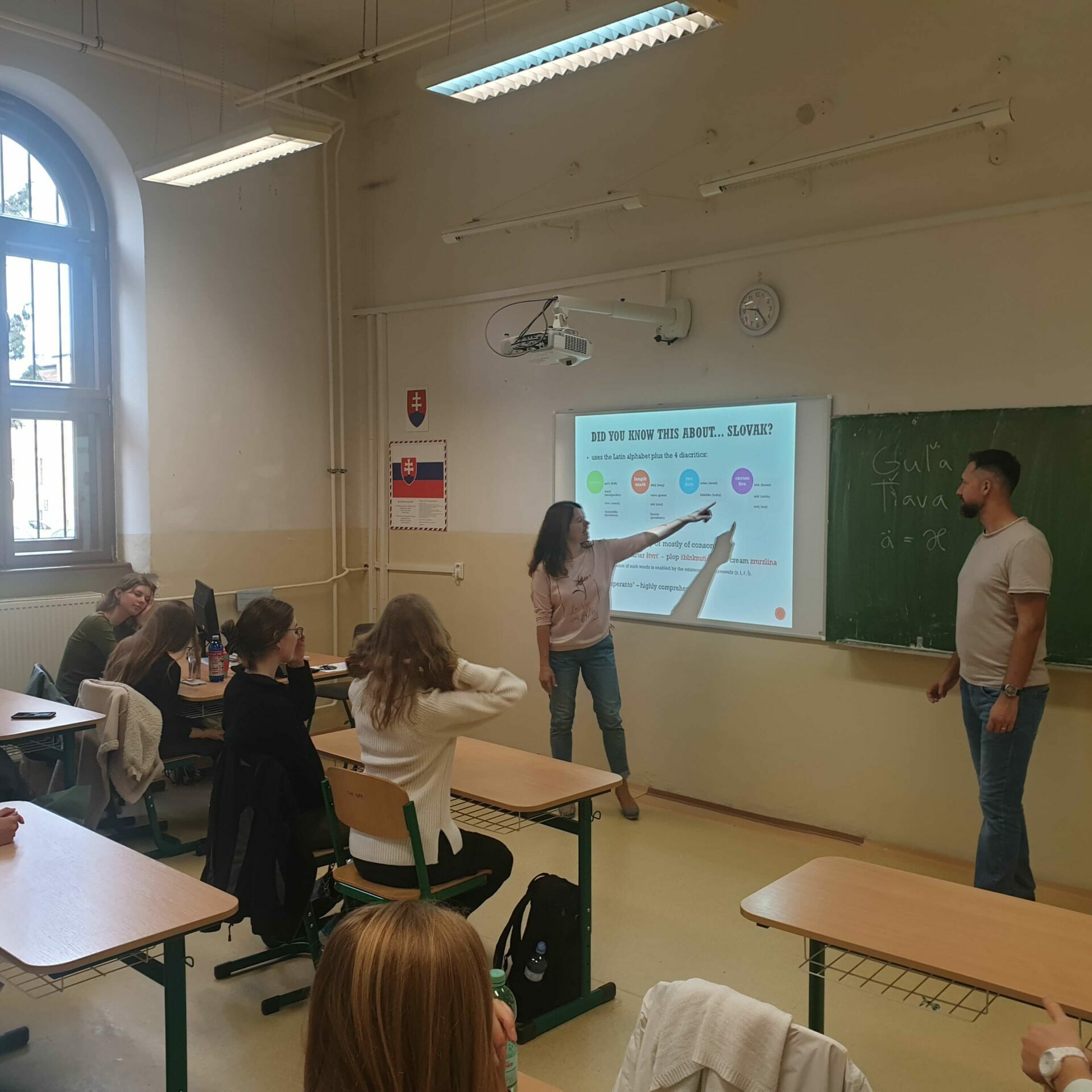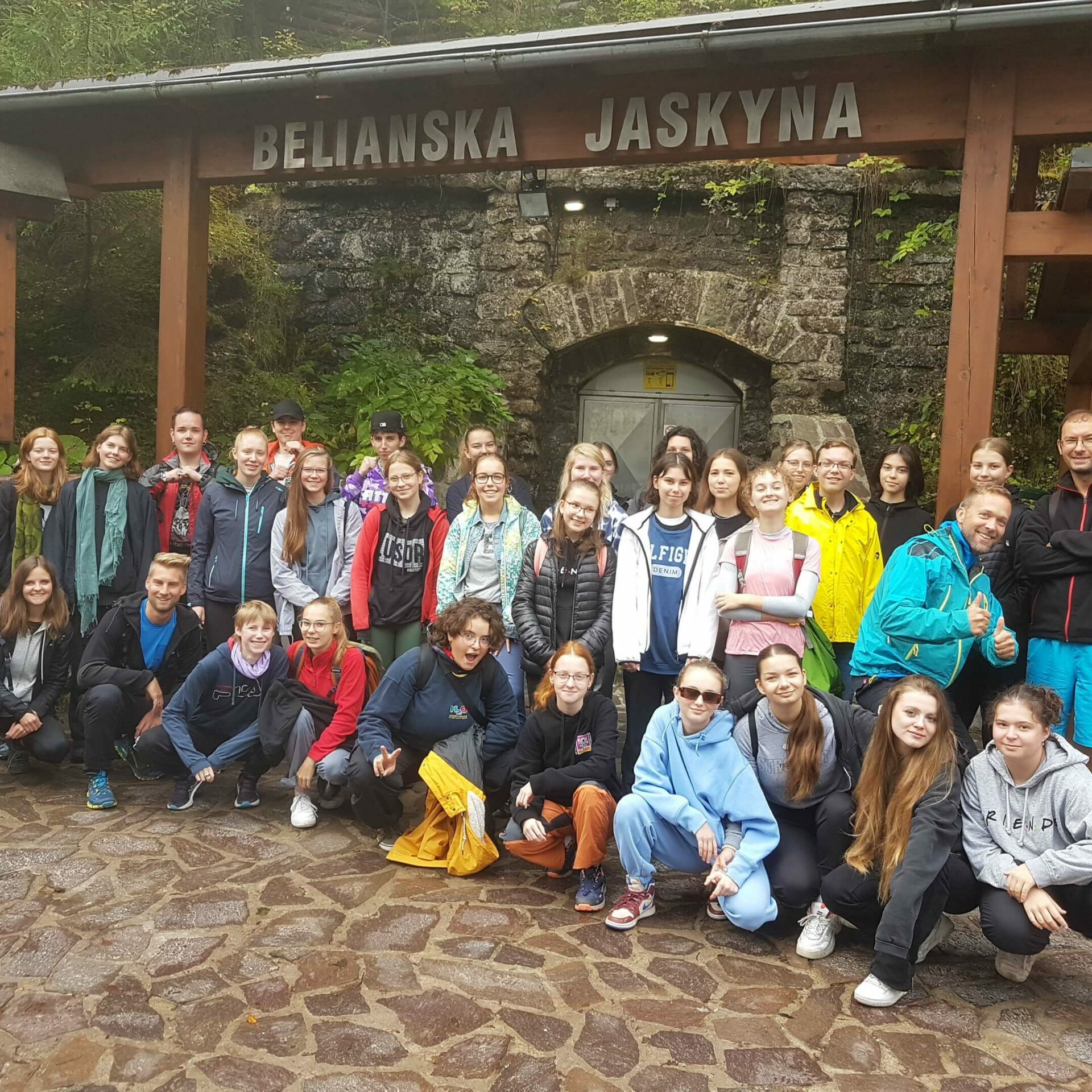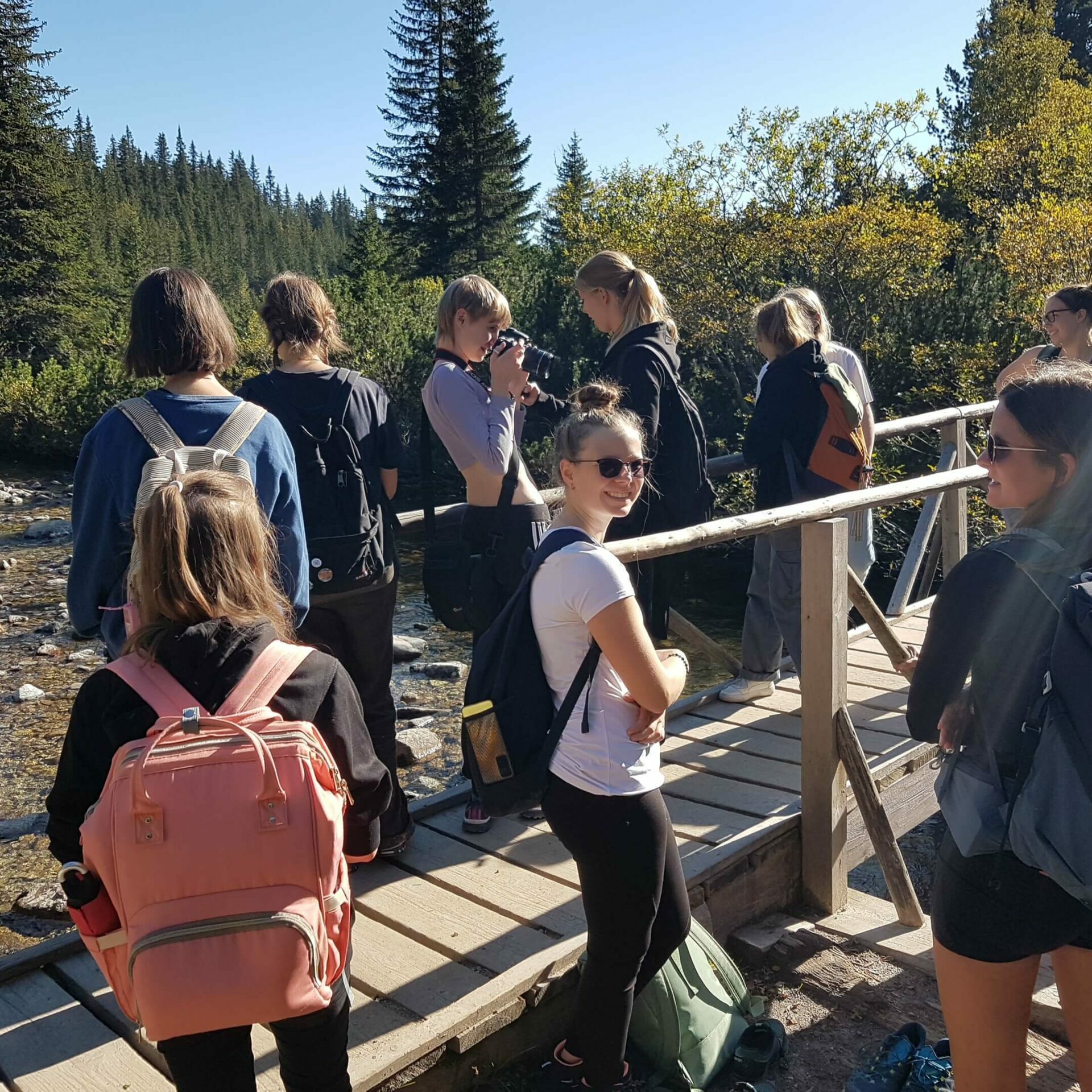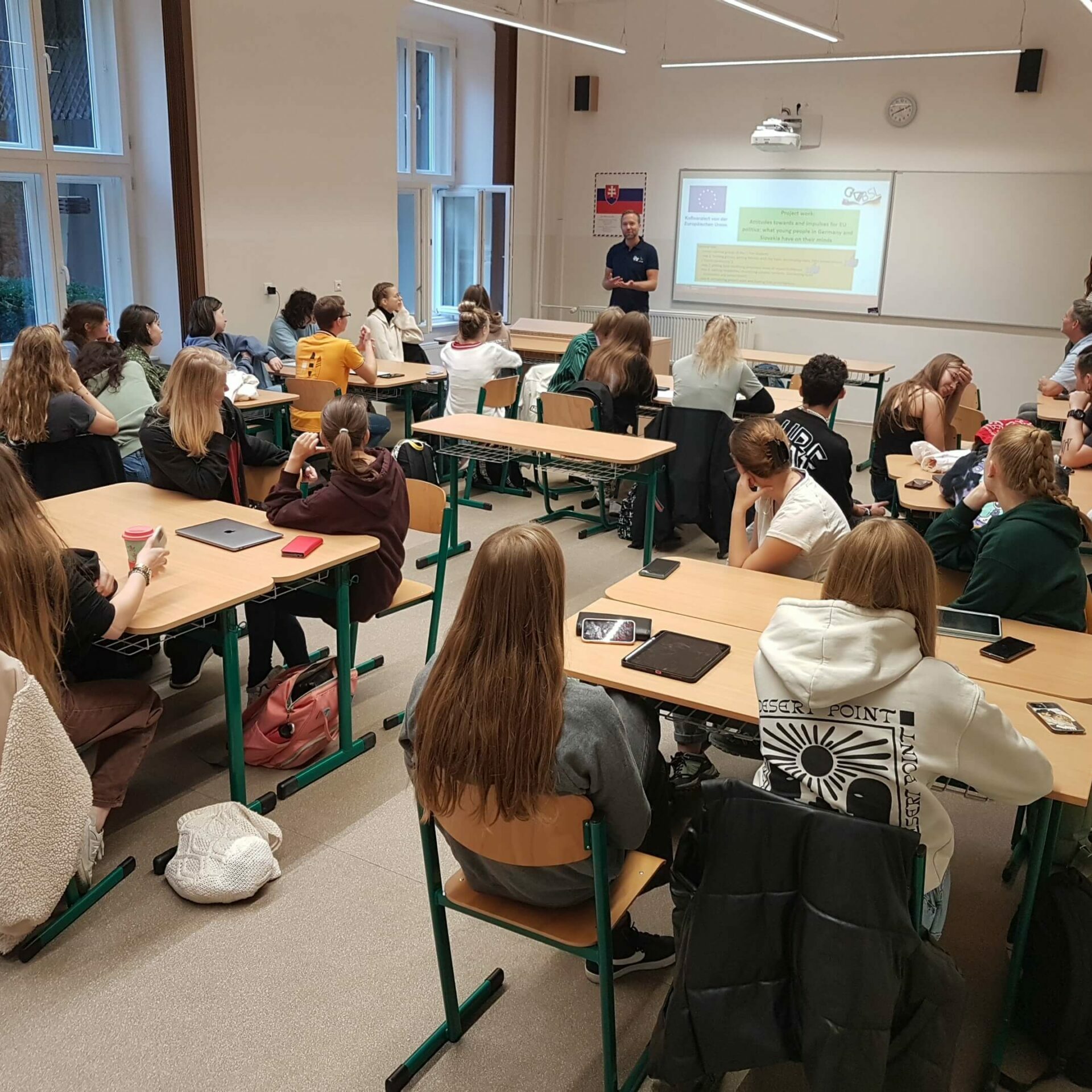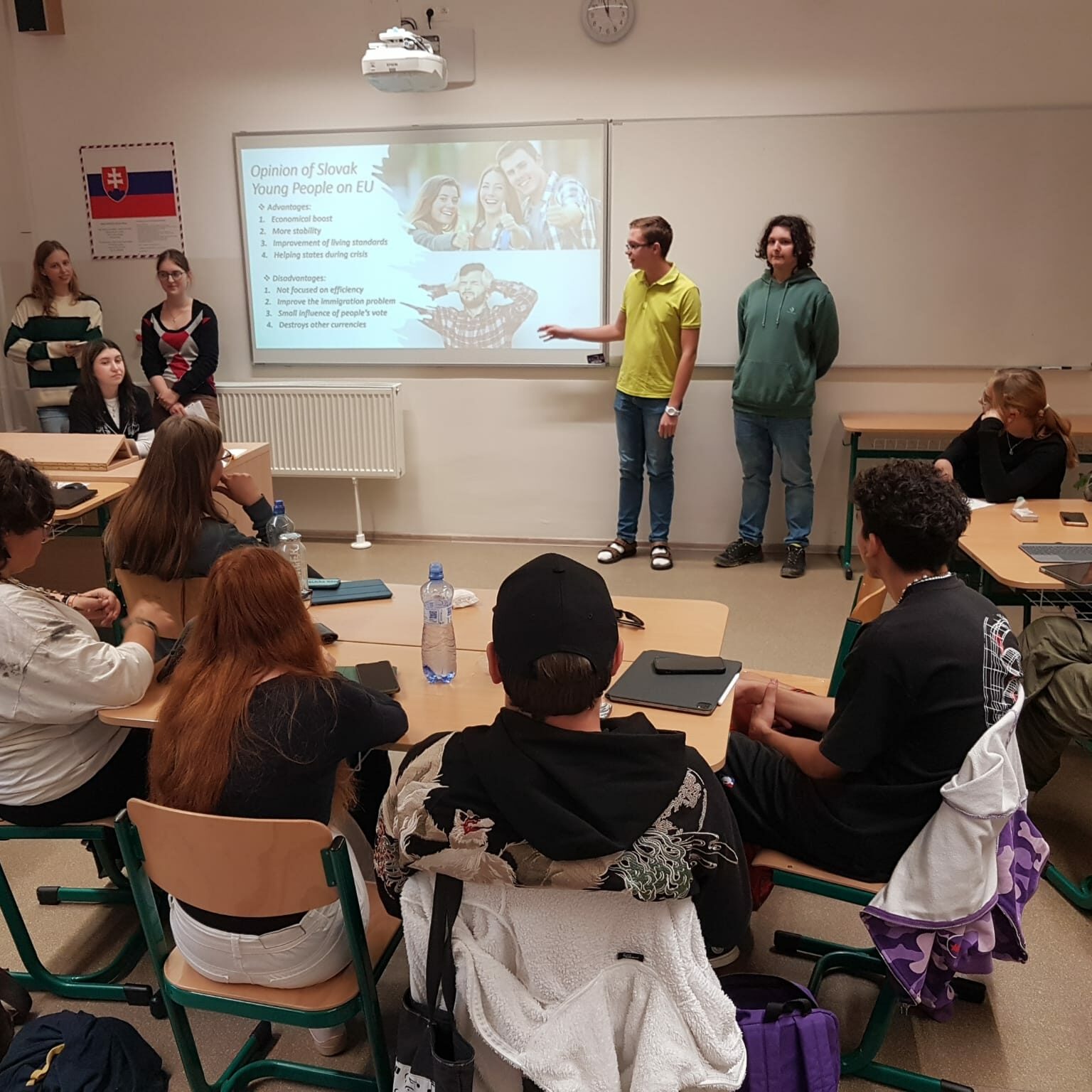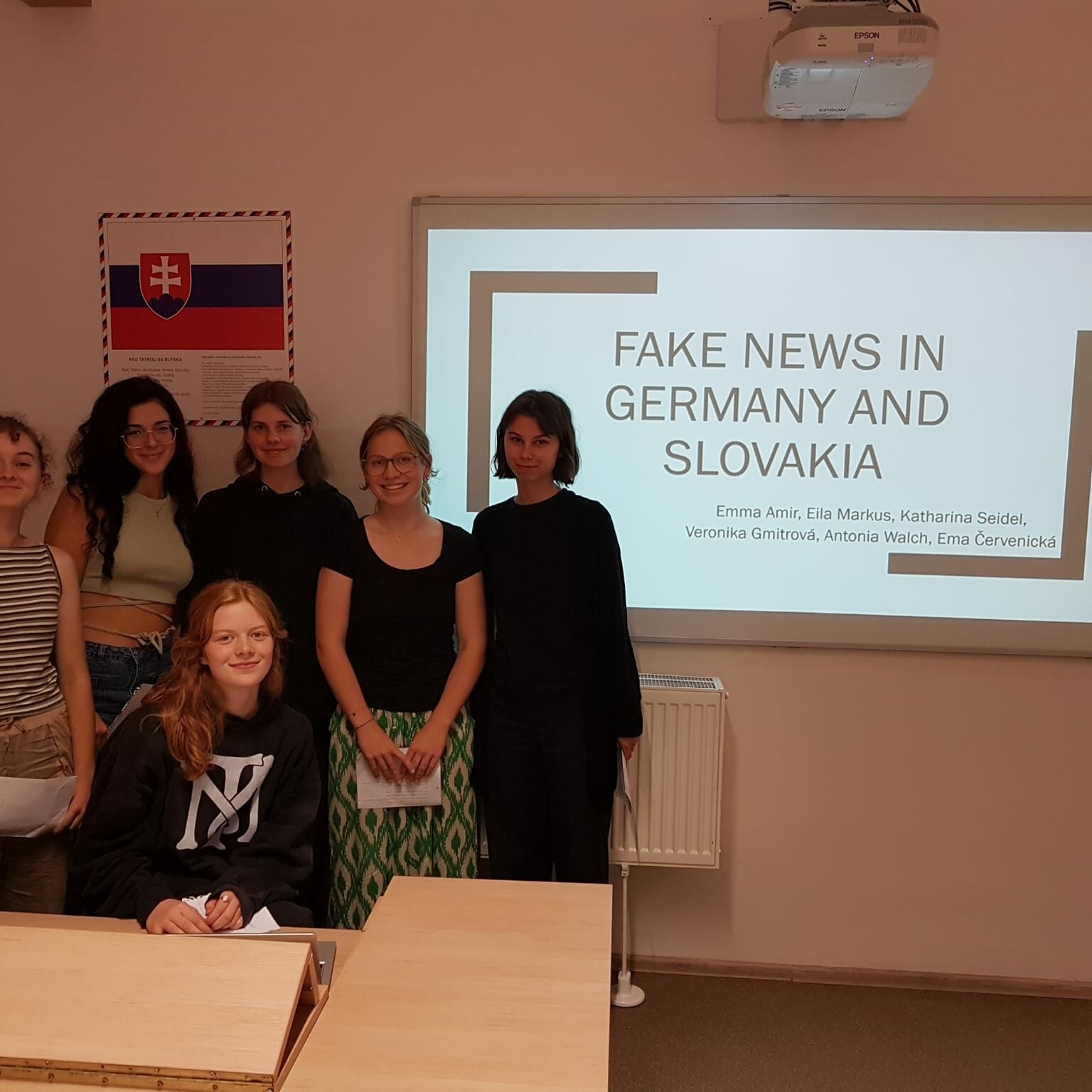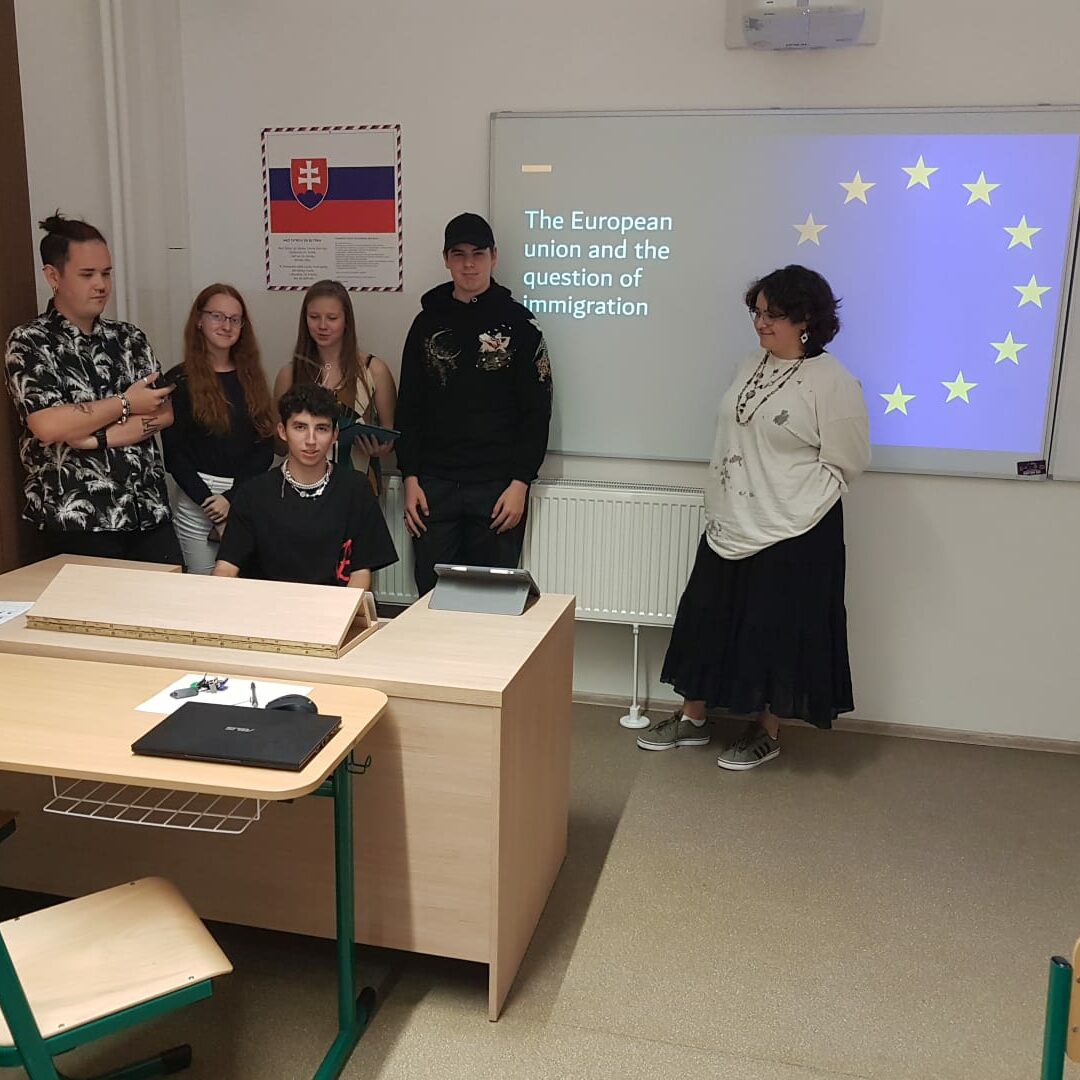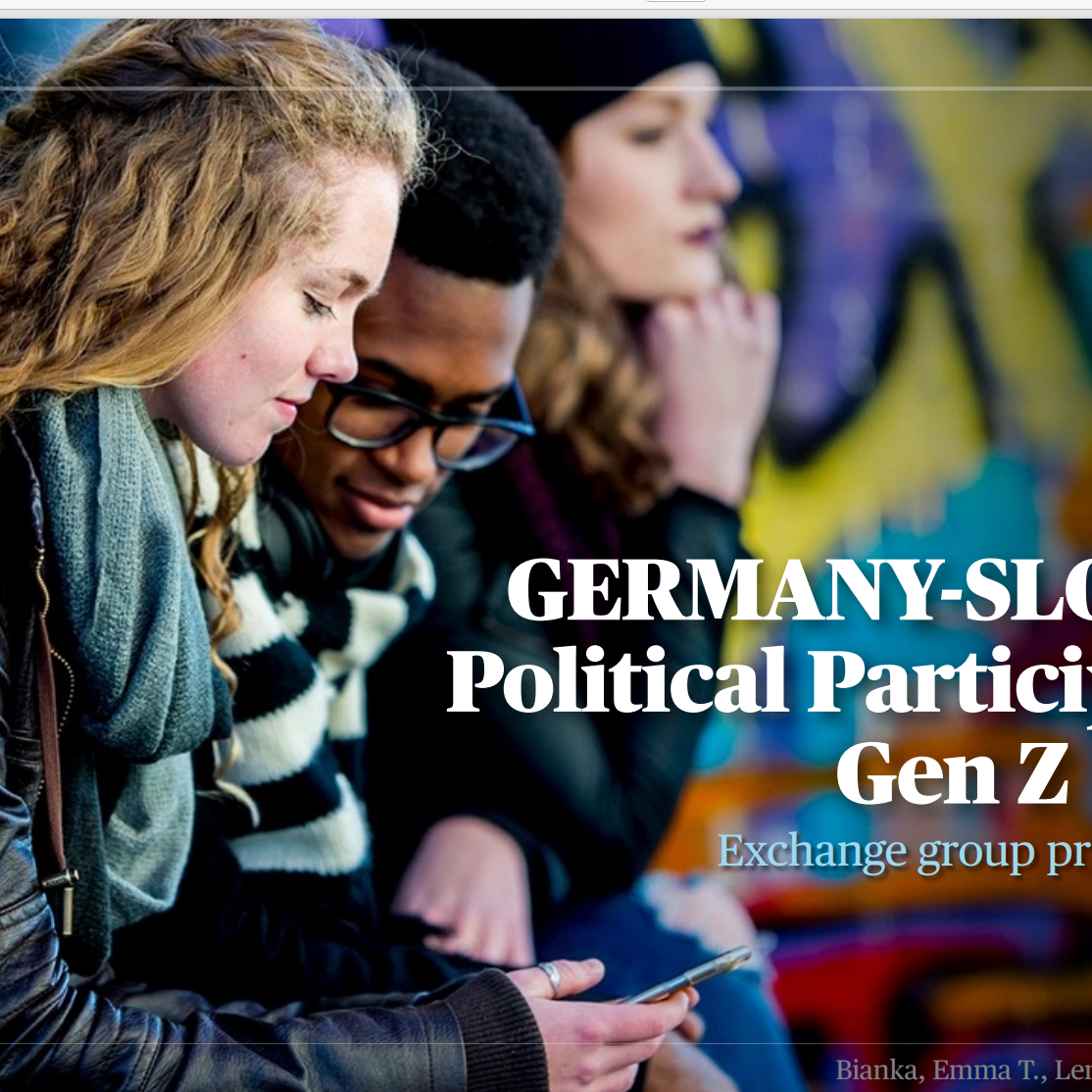In 2013 a delegation from our school undertook the journey to Prešov, in eastern Slovakia, for the first time. We went there with about 20 students and three teachers without actually knowing what we would experience and where it would lead us. During that summer we soon realised how the exchange enriched the participants in multiple ways: teachers and students alike immersed in different cultures, experienced hospitality, entered into fruitful debates about what links us and what separates us – without judging each other. Needless to say, there is much more that connects us than separates us as humans and as European citizens. Eastern Slovakia tends to be far removed from our Bavarian perspective. Even if the Iron Curtain disappeared more than two decades ago, we still tend to look more towards Scandinavia, Western and Southern European countries. Geographically and especially culturally speaking, though, Prešov is much closer than Dublin, Rome, Copenhagen or Madrid, for example. Slovak language and particularly the regional “Šariš” dialect includes many words of German origin, regional cuisine is rather close to Swabian and Austrian cuisine (no wonder considering Slovakia used to be part of the Austro-Hungarian Empire) and until the Second World War, Germans were one of the biggest ethnic groups in Eastern Slovakia. One district of the town of Prešov is named after Swabian settlers: Šváby.
Ten years after our first encounter, the student exchange between Berufliche Schulen Landsberg and Gymnázium Konštantínova 2 Prešov is as vibrant as ever. Neither changes in the staff nor Covid put an end to it. We even strengthened the partnership by including it in our Erasmus+ project, which is all about making our school more international and, also more aware of the importance of European values such as inclusion, tolerance, justice, solidarity and non-discrimination. This article is posted directly from Slovakia, where we are currently working on a group project called “Attitudes towards and impulses for EU politics: what young people in Germany and Slovakia have on their minds”. Of course, there was also plenty of time to dig into Slovak culture: we attended a language course, tasted lots of regional food, visited caves and castles, made hikes into the mountains and most of all got plenty of time to get to know each other better. On our way we also visited Krakow, Auschwitz-Birkenau and Wieliczka. And thanks to the European Union, all of it was for free for our students.
On Monday, 2nd October, we will be leaving our host families, colleagues and friends. There will be smiling faces and most certainly also tears in many of the participants’ eyes. Back in Germany we will soon be immersed in our daily routines again, but the participants’ experiences will become fond memories that will most certainly outlast their school lives. Next year, and hopefully for many more years to come, we will be carrying out the exchange again. So all students who are currently in Year 11 of our High School (“FOS”) now, may start considering if they would like to apply for the project in 2024 …
